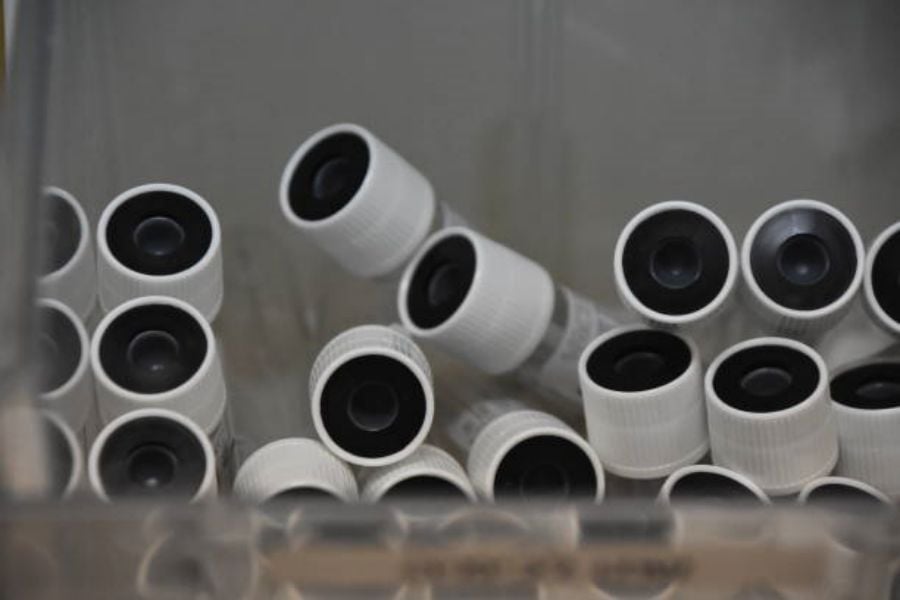Introduction
pe rt fittings are becoming increasingly popular in today’s plumbing industry. PE RT stands for Polyethylene of Raised Temperature. These fittings are designed to work at higher temperature and pressure ratings, making them perfect for various plumbing applications. In this article, we will discuss everything you need to know about PE RT fittings.
What are PE RT Fittings?
PE RT fittings are made of high-density polyethylene (HDPE) and are designed to be used in high temperature and high pressure applications. These fittings are used to connect PE RT pipes together, or to connect PE RT pipes to other types of piping materials such as copper, brass, or PEX.
Advantages of PE RT Fittings
There are several advantages of using PE RT fittings for plumbing applications. Firstly, these fittings are highly resistant to chemicals, making them ideal for use in harsh environments that involve the use of chemicals. Secondly, they are more flexible than traditional copper or brass fittings, which makes them easier to install. Thirdly, they are highly durable and can withstand extreme temperatures and pressures. Finally, PE RT fittings are lightweight and easy to handle, making them ideal for use in areas where space is limited.
Types of PE RT Fittings
There are several types of PE RT fittings available in the market. These include compression fittings, push-in fittings, and crimp fittings. Compression fittings are the most common type of PE RT fittings and are used to connect pipes together. Push-in fittings are easy to install as they do not require the use of any special tools. Crimp fittings are designed to be used with a crimping tool to create a watertight seal between the fittings and the pipes.
Applications of PE RT Fittings
PE RT fittings are used in various plumbing applications. These include hot and cold water distribution systems, underfloor heating systems, and radiant heating systems. These fittings are also used in industrial applications such as chemical plants and oil refineries.
Installation of PE RT Fittings
Installation of PE RT fittings is relatively easy and can be done by a professional plumber or a DIY enthusiast. Firstly, the pipes must be cut to the desired length and then deburred to remove any rough edges. The fittings can then be installed using compression joints, push-in joints, or crimp joints. It is important to ensure that the fittings are installed according to the manufacturer’s instructions to ensure a leak-free connection.
Maintenance of PE RT Fittings
PE RT fittings require minimal maintenance and are highly durable. However, it is important to inspect them periodically to ensure that they are in good condition. This will involve checking for any signs of corrosion, cracking, or leakage. Any damaged fittings must be replaced immediately to prevent further damage to the plumbing system.
PE RT Fittings vs. PEX Fittings
PE RT fittings and PEX fittings are two popular types of fittings used in plumbing applications. While both types of fittings are designed to work at high temperatures and pressures, there are some differences between them. PE RT fittings are more flexible and have a higher resistance to chemicals than PEX fittings. PEX fittings, on the other hand, are more rigid and are generally easier to install.
PE RT Fittings Price
The price of PE RT fittings can vary depending on the type of fitting and the brand. Compression fittings are usually the most expensive, while push-in fittings and crimp fittings are more affordable. The price also varies depending on the size of the fitting, with larger fittings generally costing more than smaller ones.
Conclusion
PE RT fittings are an ideal choice for plumbing applications that involve high temperatures and pressures. They are highly resistant to chemicals, more flexible, and easier to install than traditional copper or brass fittings. With a wide range of fittings available in the market, it is important to choose the right type of fitting for your specific needs.

